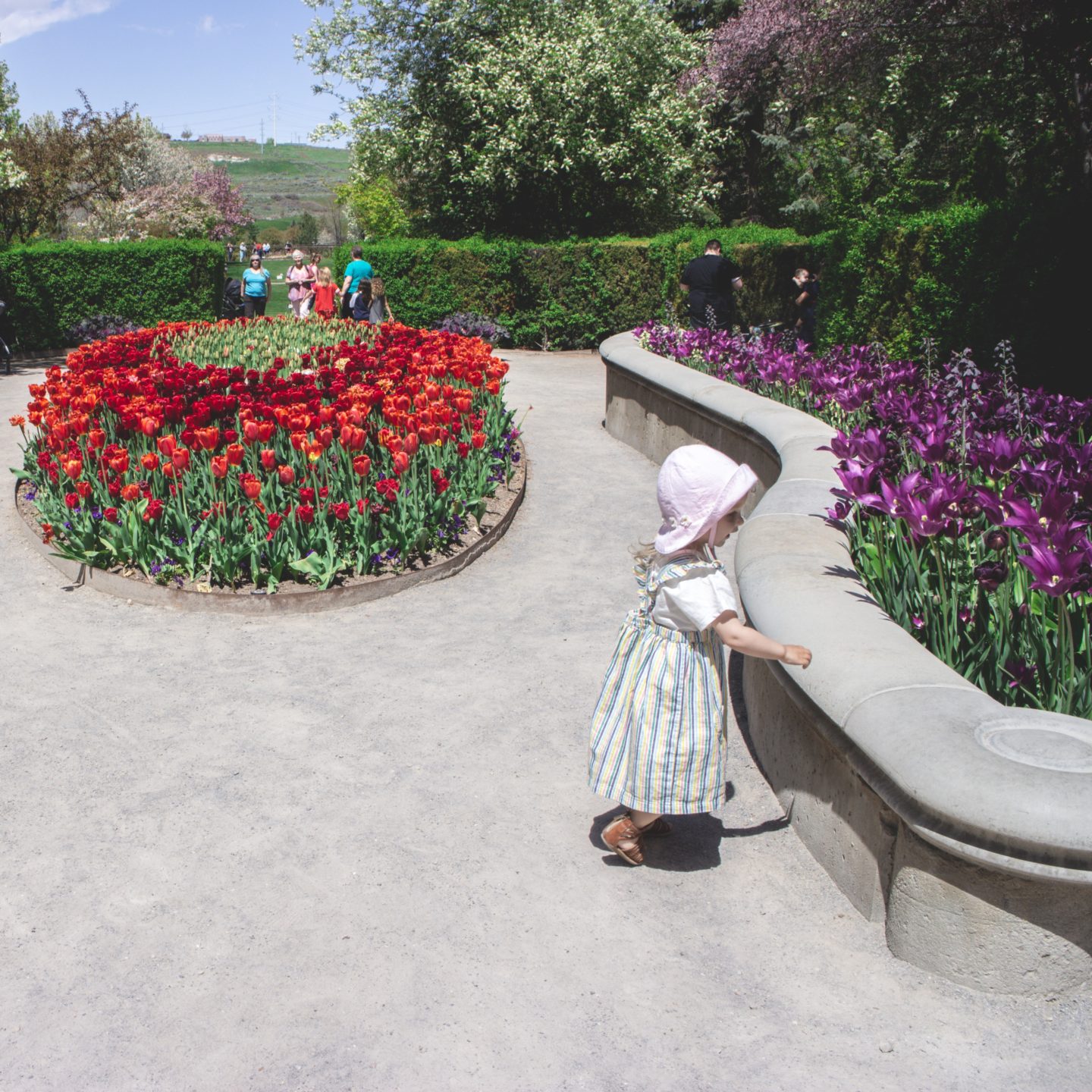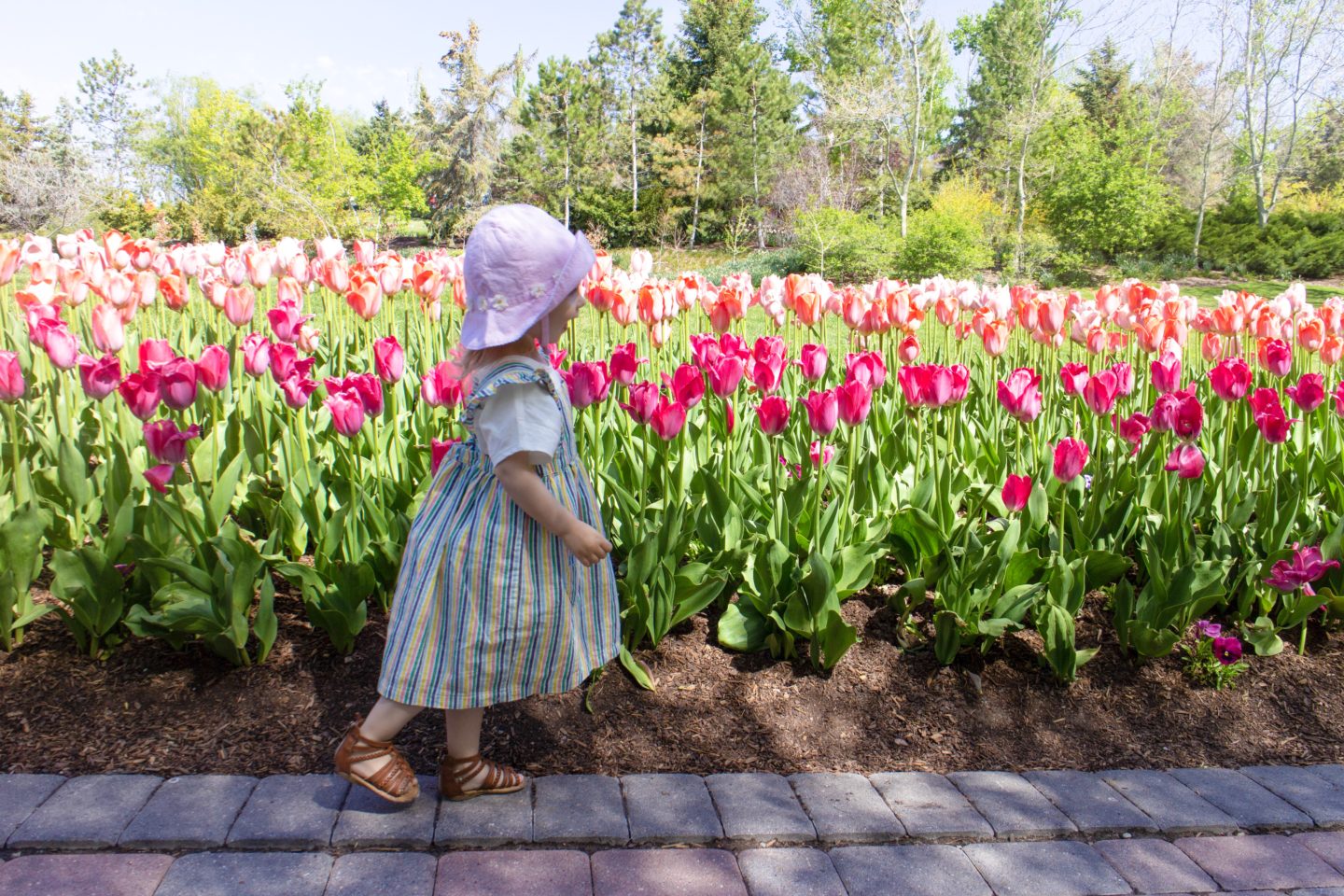
I don’t know how it is at your house, but I find we just acquire clothes from every direction here.
It got to the point where we noticed we weren’t using half the stuff—because a certain, say, top only went with one pair of pants that paired well with literally every other top. When you have a drawer bursting with clothes, most of which are not being used regularly, it feels bad. Not only does that give you the opportunity to dirty an entire load or two of just stained baby clothes (stressful: I did that), but we clearly didn’t need as much as we had and the excess was wasteful.
Last Spring, we decided to start doing capsule wardrobes for our daughter. It changed everything! Mixing-and-matching was easier—which is great when your little wants to start picking out their own clothes for the day—and she didn’t have more than she needed! Plus the laundry could never get out-of-hand.
Over the last year, however, I’ve been looking into more sustainable clothes. I definitely prefer to not support fast fashion; plus, I feel doing this better thing makes up for my toddler’s excessive food waste, at least in tiny part.
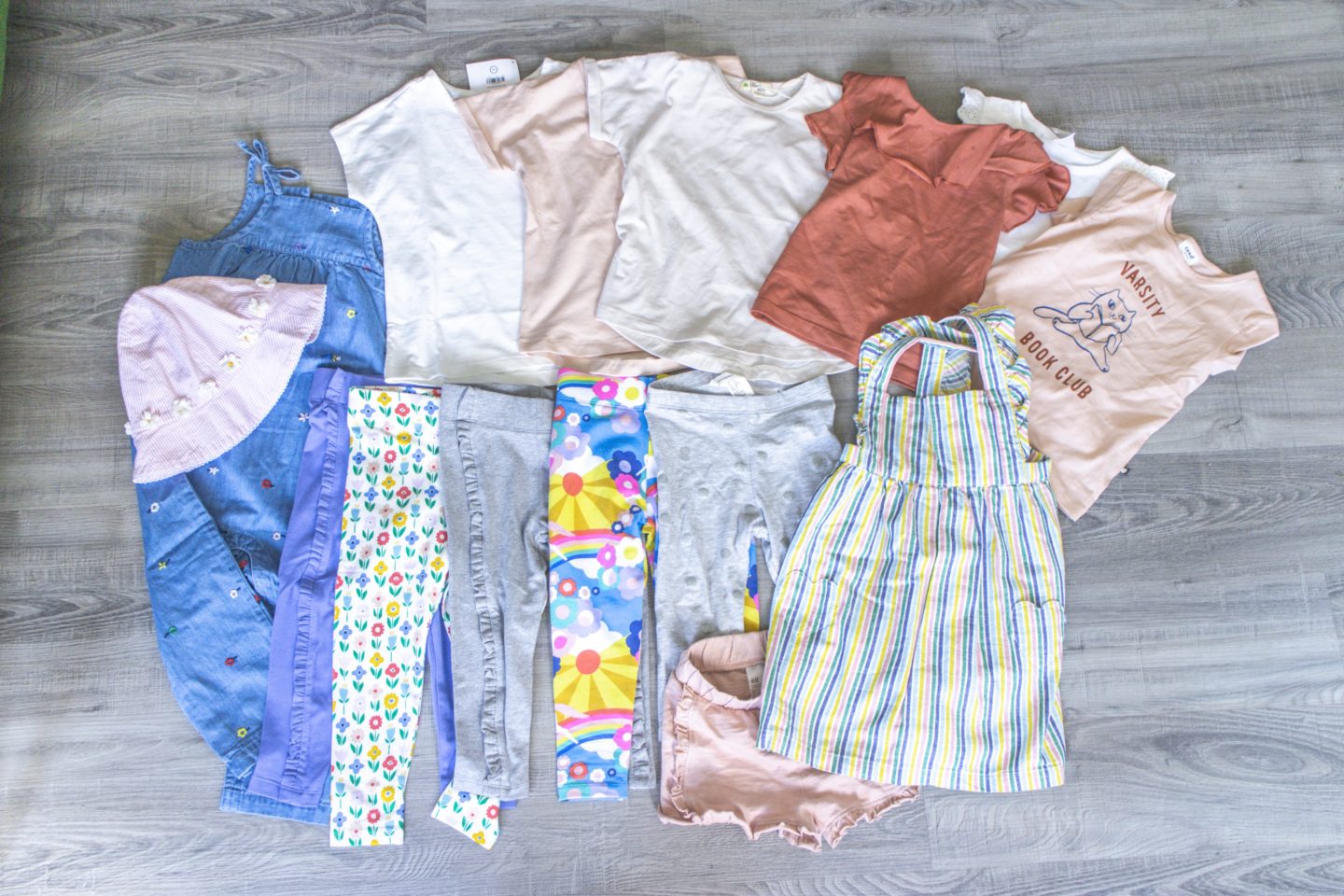
This season, we bought:
1 pair of shorts
5 pants (4 leggings, 1 3/4 pant)
7 shirts
1 dress (2 total, with her Easter dress)
1 nightgown (2 pjs total, with her Hanna’s)
1 romper
A sun hat
We’ve still got two pairs of pants she can wear, and that fit well. I also wanted 9 shirts total, and have that with the two shirts we bought a few months back, before committing to go sustainable. She still fits in most of her winter dresses, and all of her outerwear.
So where did I shop? Our capsule is from:
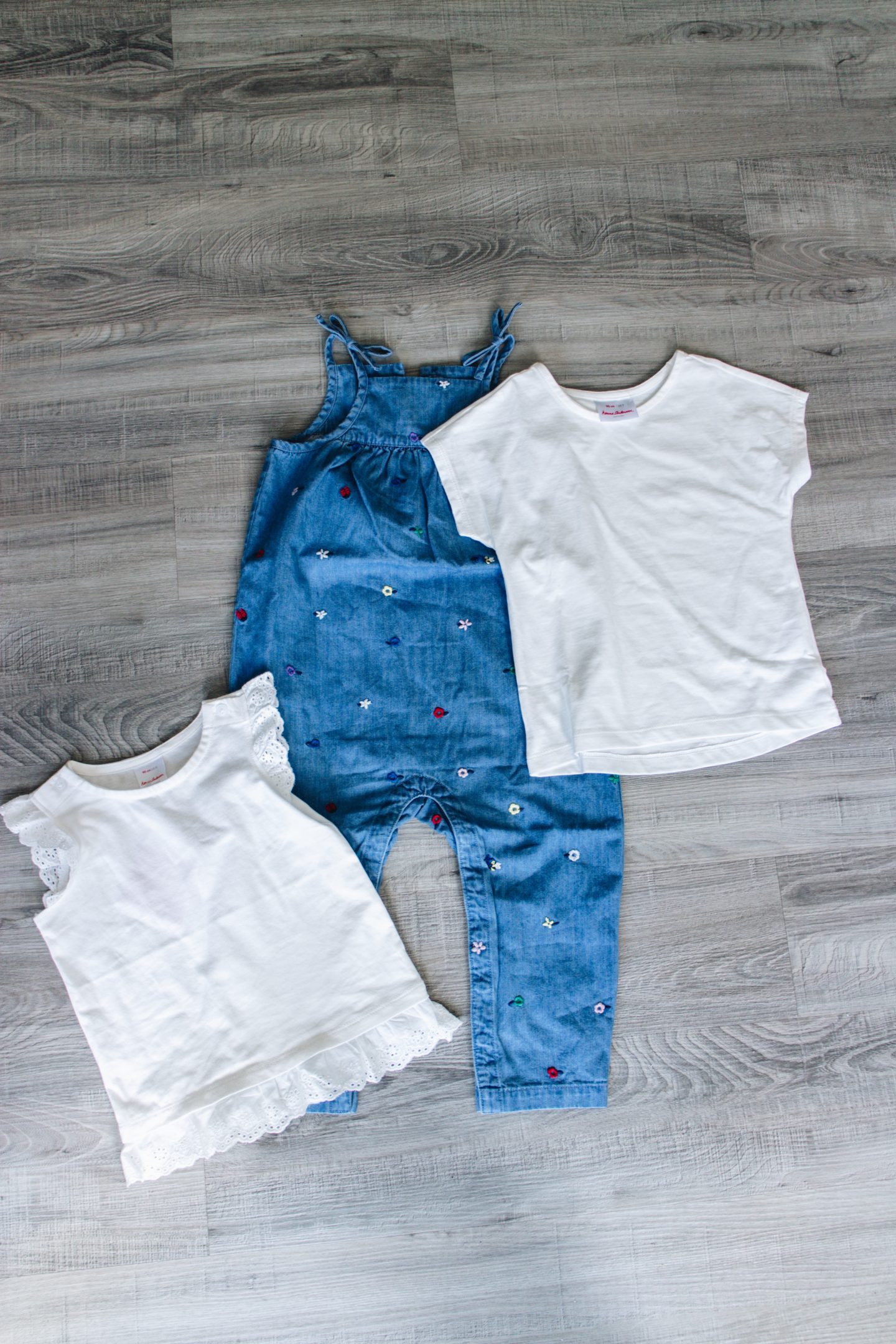
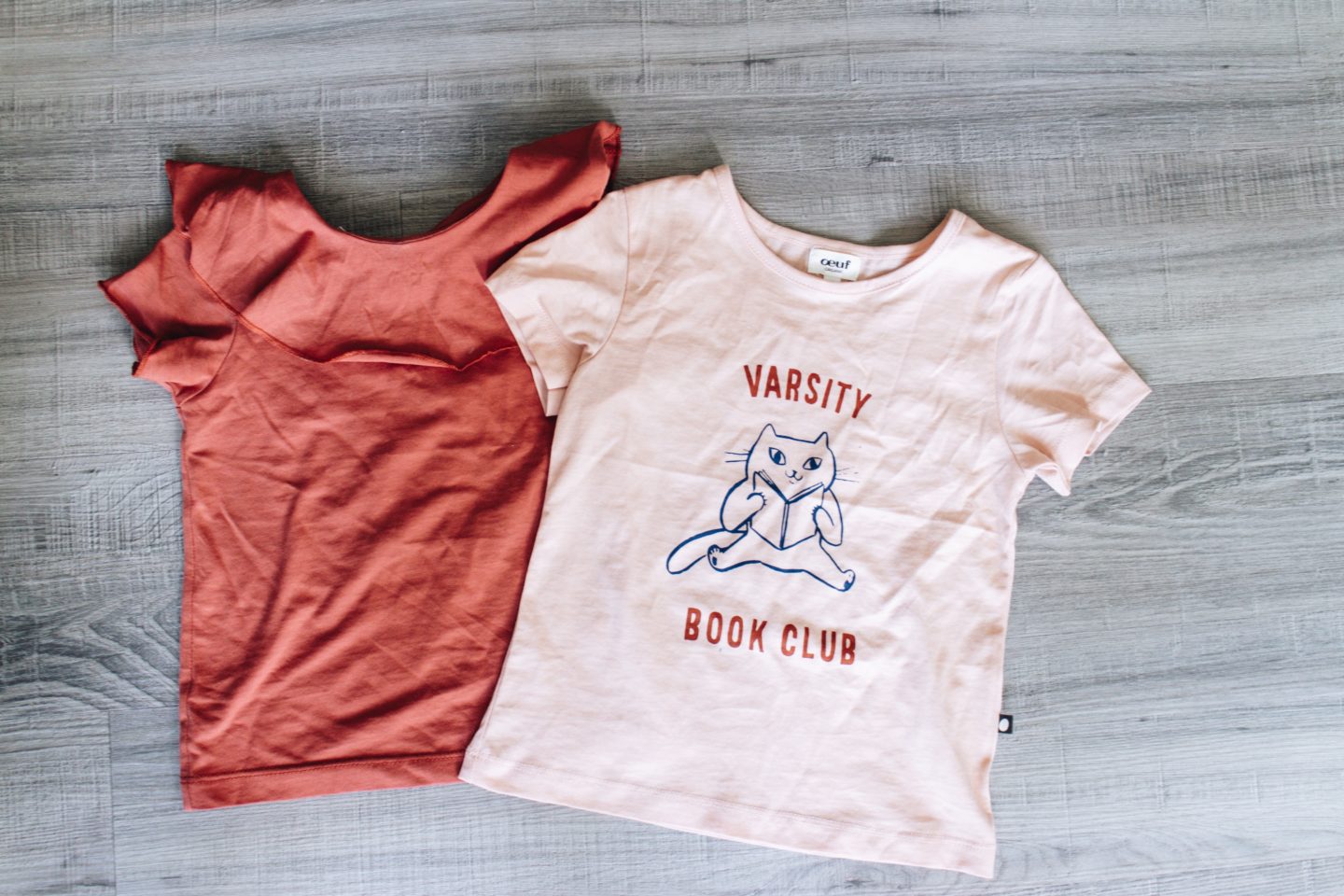
oeuf 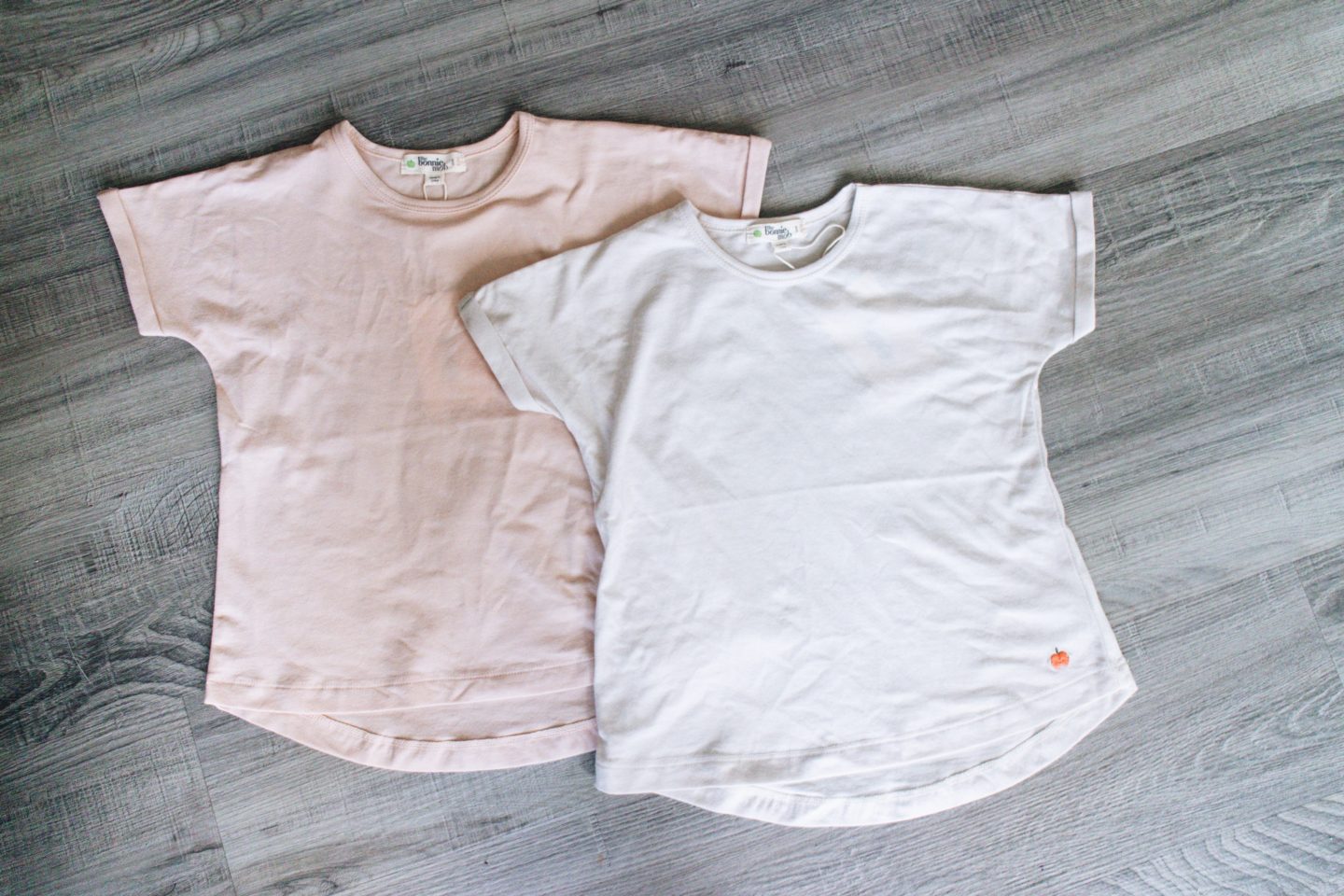
the bonnie mob
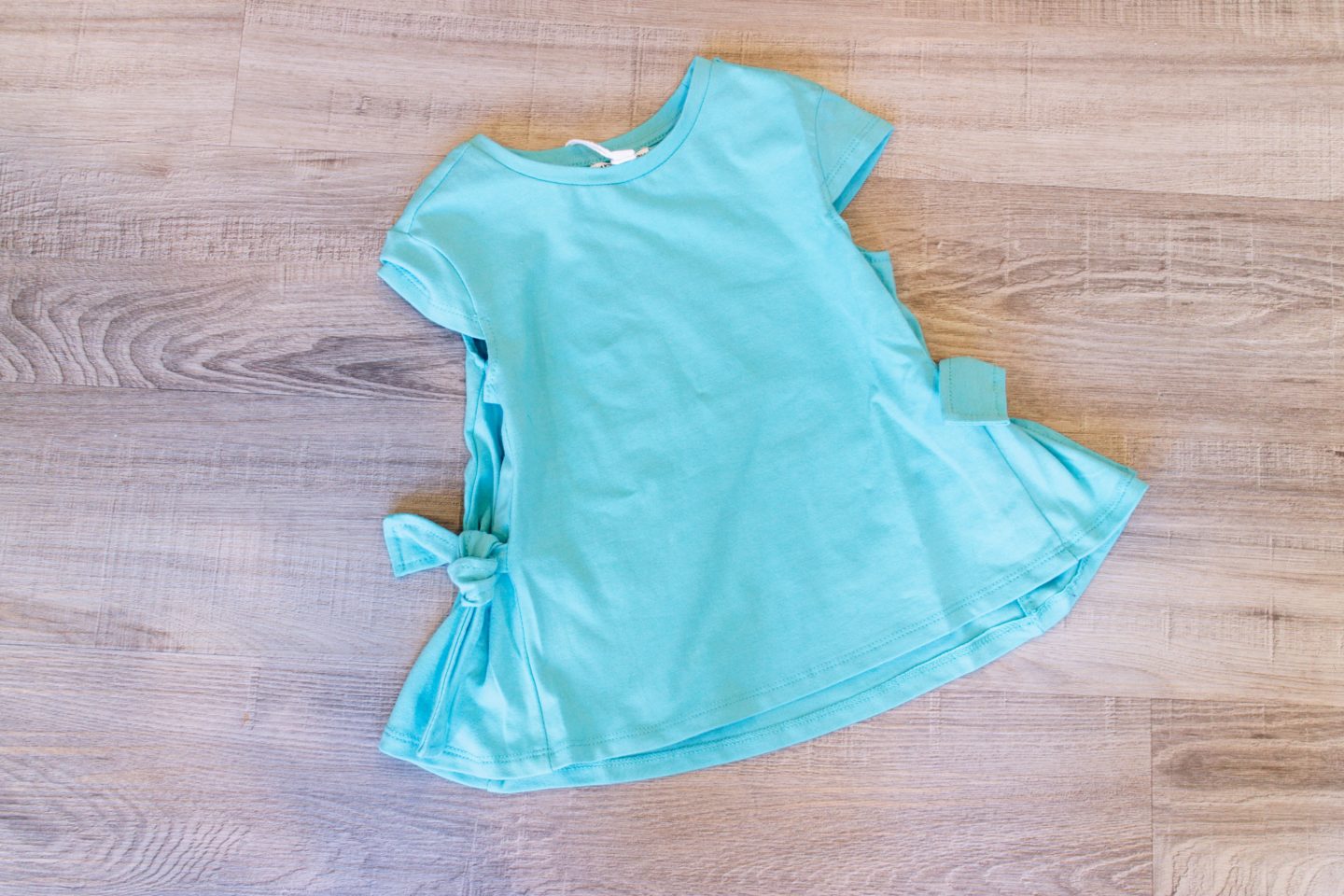
art & eden 
h & m conscious line
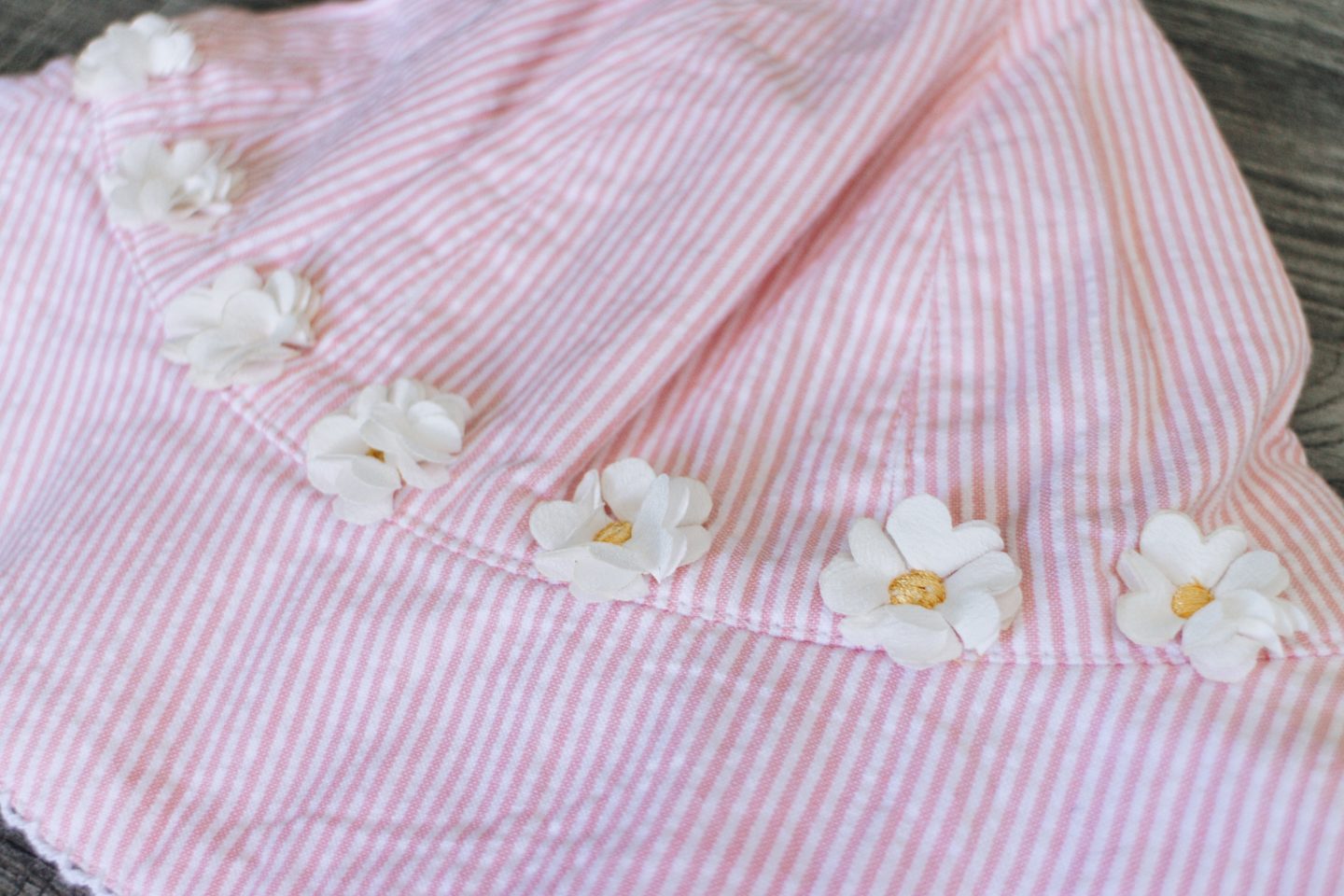
Shopping sustainably was definitely a different experience than my previous biannual capsules. First off, I had to Google what shops were sustainable—and I hadn’t heard of most of them. From there, I had to find which ones carried the right size, or had enough styles. Other than that, price was the only other major difference: this was the most expensive capsule, by far, despite having about the same amount of clothing.
As a general rule, I like Spring capsules less. I don’t really like bright colors; or pastels. My dream kids’ wardrobe is basically ‘cool’ adult clothes scaled down. I found it useful to come up with a color palate beforehand, though, which I based off of her gorgeous Easter dress. (Last spring I just pinned everything I thought was okay, and found color trends after). And, I think we ended up with a pretty great wardrobe!
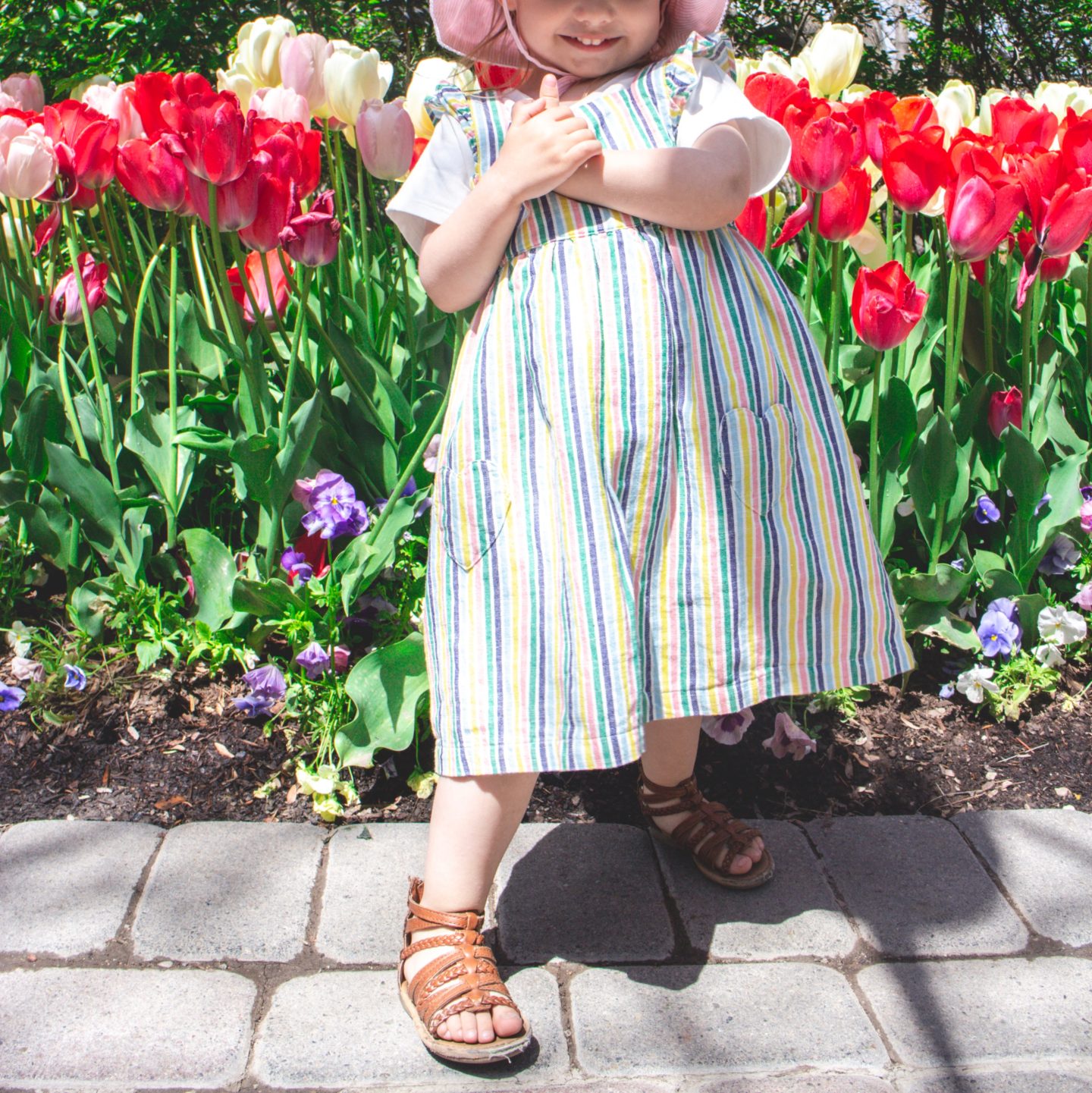
dress and hat from boden. shirt from hanna anderson.
This time, we tried something a bit different—because Gwendolyn has clothing opinions now—and had her point out which of the clothes I pinned that she liked best. It was okay at first, but she did get overwhelmed: good thing we only do capsules!
If you’re looking into doing a capsule for your kids, you don’t have to order from 6 different shops. I’ve done that since I started, because I’m very picky—especially with the Spring color palette. But you can absolutely just shop from one store. There’s also a decent chance that a lot of the clothes will go well together when they’re from the same place. (Why not buy multiples of the same article of clothing you like when baby is little, too?)
The quality of the clothes is definitely much higher—which is good, because I think you get what you pay for. Overall, I am happy with our decision to go sustainable, and will probably do so in the future.
For those looking into sustainable wardrobes for their kids, I hope this has helped you find a few more shops, and shows you the kind of capsule you can put together.
